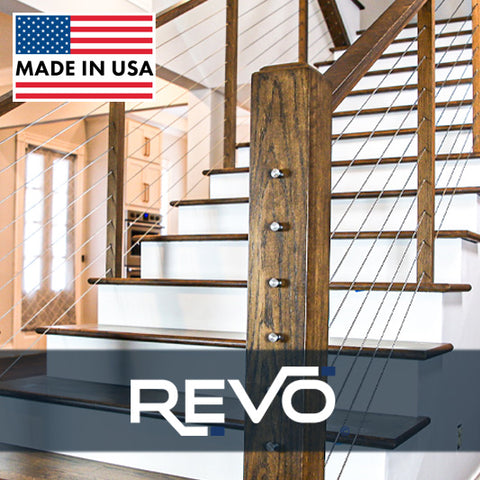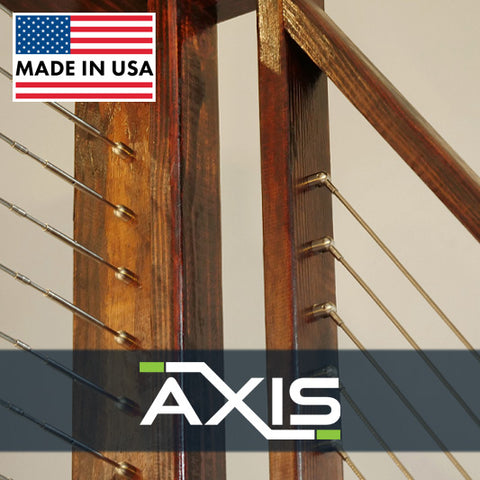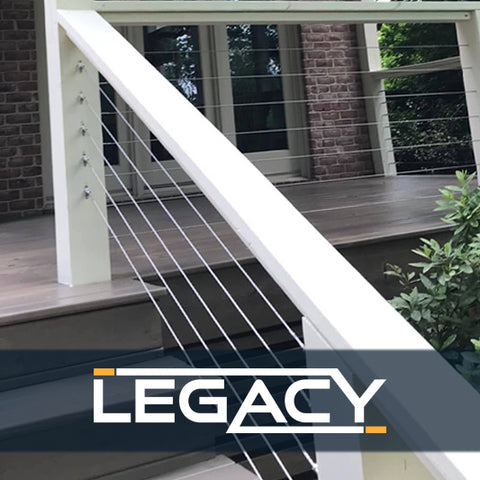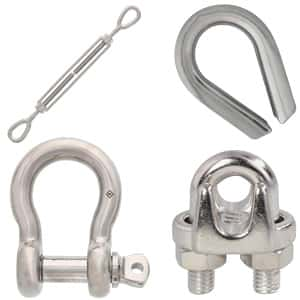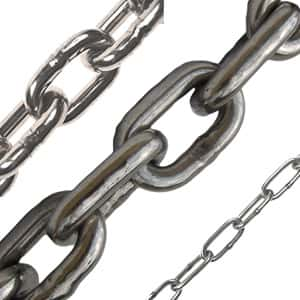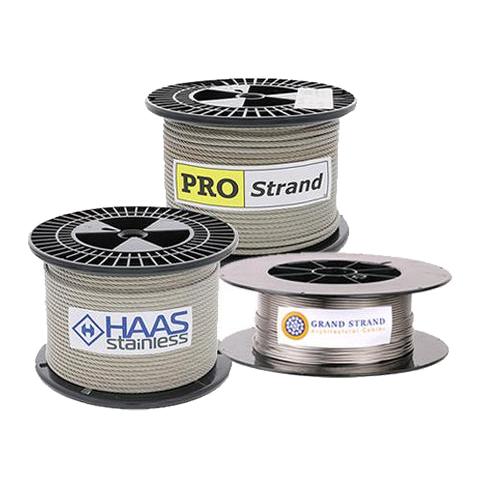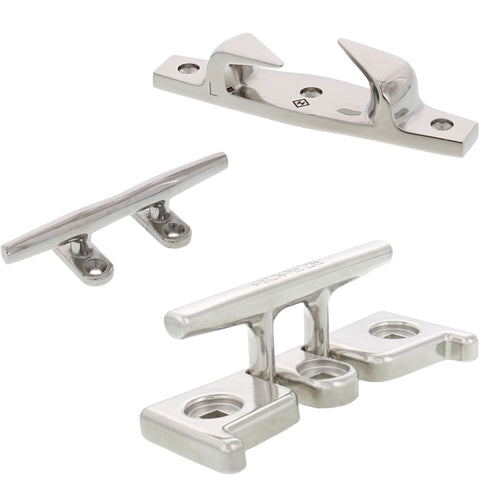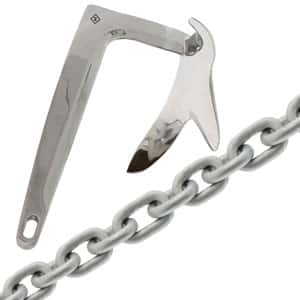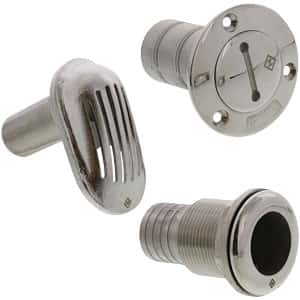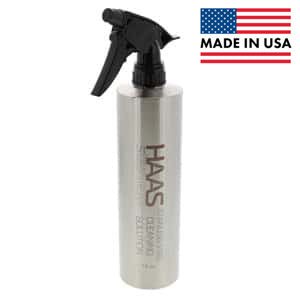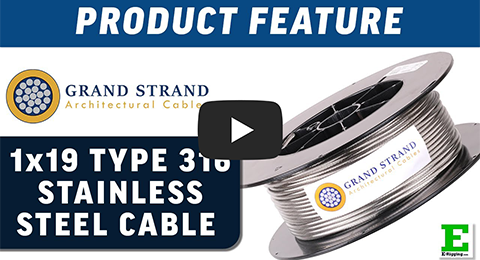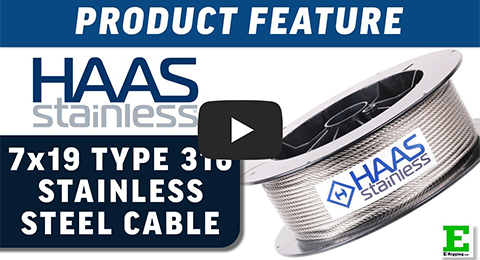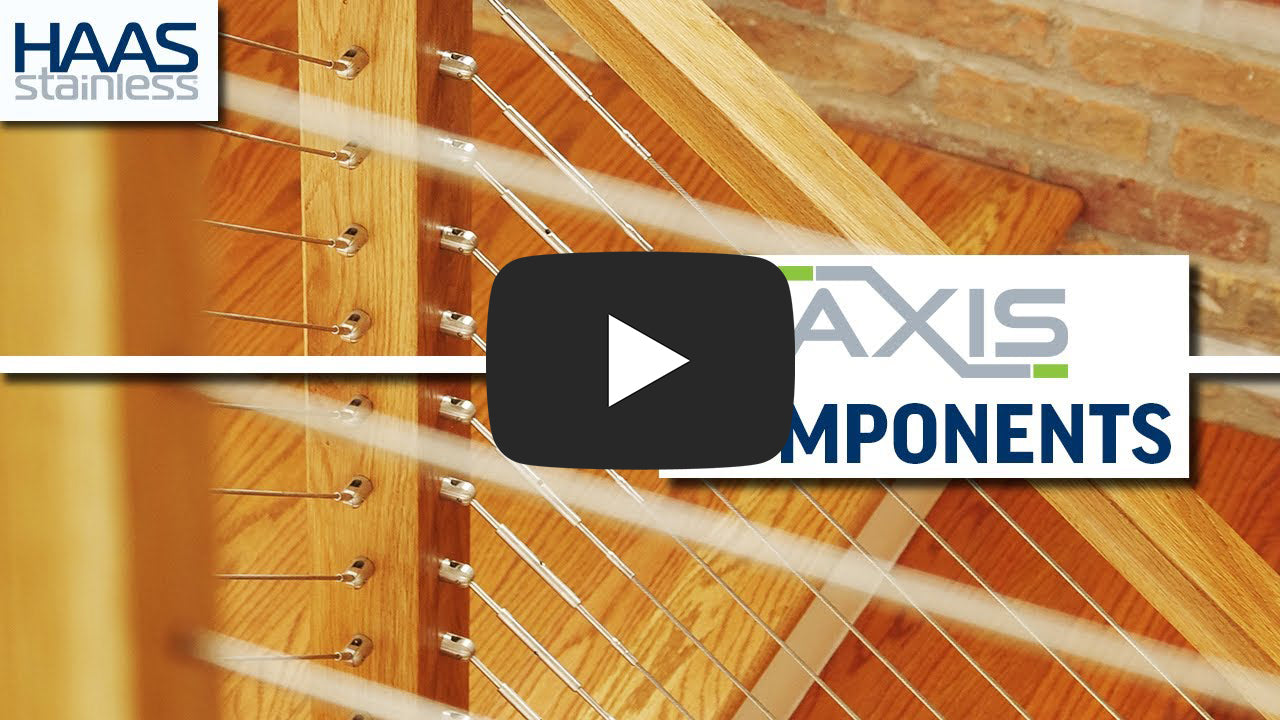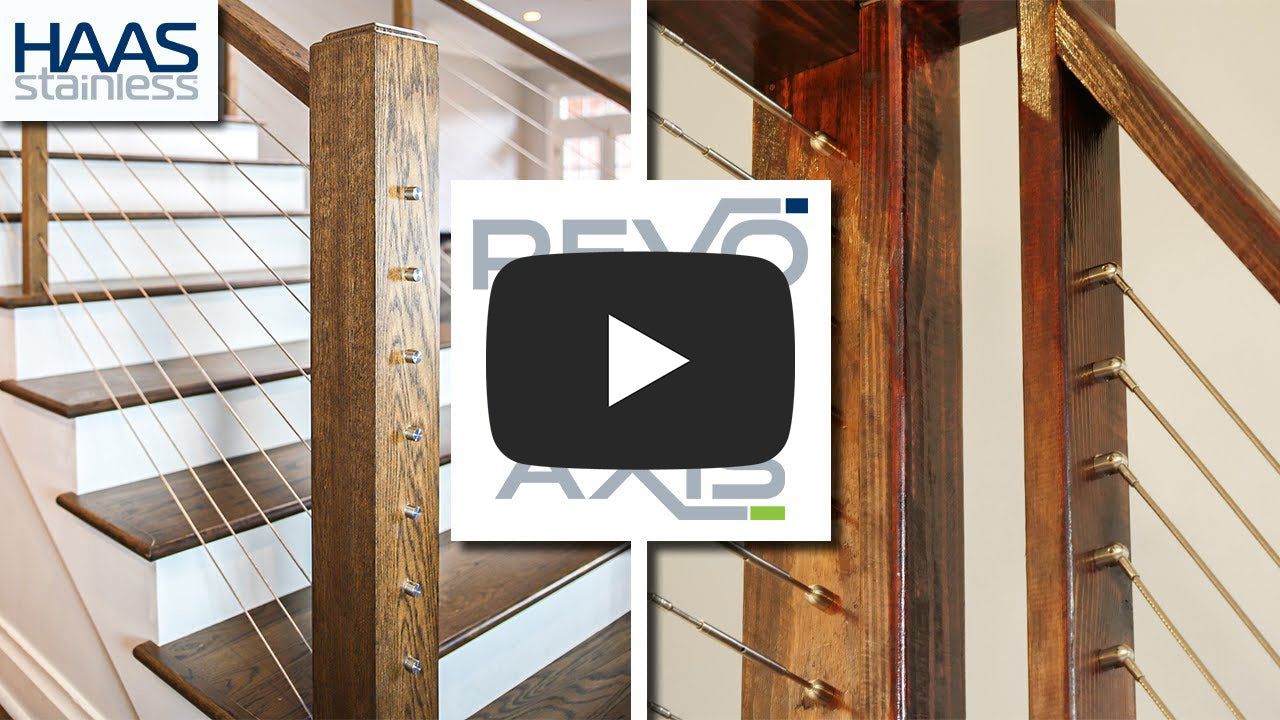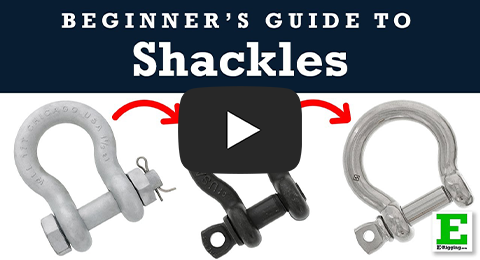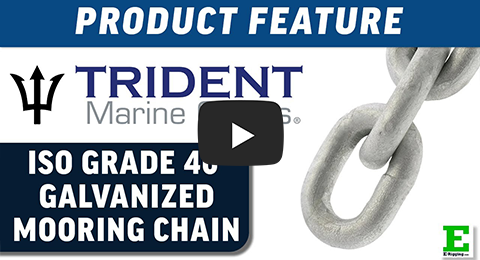
E-Rigging knows Stainless Steel.
Find the hardware and fittings you need in durable stainless steel, perfect for marine and other outdoor environments, or any application where you want the polished look of stainless. Shop our collections of HAAS Stainless cable rail systems, stainless steel cable and wire rope, stainless steel chains, stainless marine chains and hardware, and stainless rigging fittings and hardware.Our stainless steel inventory items are sourced from our most trusted vendors so we can maintain strict quality standards and offer you the most reliable, consistent products possible.
Stainless Steel Products
350 products
Showing 253 - 288 of 350 products
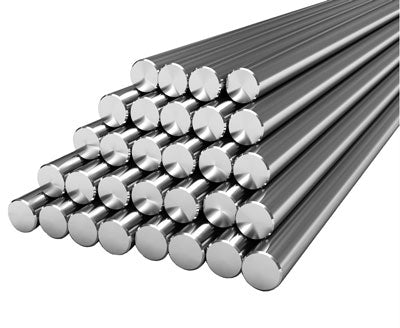
What is Stainless Steel?
"Stainless Steel" is the general name for a large family of alloy steels that contain at least 10.5% chromium as part of their composition. At and above this level of chromium, a complex chrome-oxide surface layer forms that prevents further oxygen atoms from penetrating into the steel and thus protects the iron in the matrix from rusting. This layer is what makes the steel "stainless." Higher levels of chromium and the addition of other alloying elements such as molybdenum and nickel enhance this protective barrier and further improve the corrosion resistance of the stainless steel. There are many different types of stainless, but for rigging products, the most commonly used are the 300 series stainless steels (type 304 & type 316) - also known as the austenitic stainless steels.
What is The Difference Between Type 304 and Type 316 Stainless Steel?
316 stainless steel has molybdenum added to its alloy content during production. Molybdenum provides an even higher degree of corrosion resistance than 304 stainless steel. This is an advantage for objects that require resistance to extreme environmental conditions such as salt water, de-icing salts, brine solutions, or other chemical forms of chemical exposure. In laboratory and pharmaceutical settings, 316 stainless steel excels in resistance to acids, bromides, and iodides at high temperature.
It is difficult to tell the difference between 304 and 316 stainless steel by simply looking at the two. They both offer the same polished, chromed, grained, colored, or blasted appearance but 316 stainless steel costs more due to its enhanced chemical and production properties.
Stainless Grade Standards
| USA | ISO 3506 | Japanese JIS | Name | UNS No | Old British BS | EN | Euronorm No | French AFNOR | Swedish SS |
|---|---|---|---|---|---|---|---|---|---|
| 304 | A2 | SUS 304 | X5CrNi 18-10 | S30400 | 304S31 | 58E | 1.4301 | Z 6 CN 18 09 | 2332 |
| 304L | - | SUS 304L | X2CrNi 19-11 | S30403 | 304S11 | - | 1.4306 | Z 2 CN 18 10 | 2352 |
| 316 | A4 | SUS 316 | X5CrNiMo 17-12-2 | S31600 | 316S31 | 58H, 58J | 1.4401 | Z 6 CND 17.11 | 2347 |
| 316L | - | SUS 316L | X2CrNiMo 17-13-2 | S31603 | 316S11 | - | 1.4404 | Z 2 CND 18.13 | 2348 |
Because it is Stainless Steel, Doesn't That Mean it is Also Non-Magnetic?
Not necessarily so. In fact, Type 304ss often has a detectable magnetic draw. And it is possible for Type 316ss to have a very slight magnetic draw.
The reason for this is fairly technical, but it has to do with the amount of chromium in the alloy and the process in which the part was made. Type 304ss has less chromium than Type 316ss, and it is the chromium that affects the microstructure of the surface of the steel. Because Type 316ss has more nickel in it and the presence of this additional nickel serves to enhance the affect of the chromium in the steel, Type 316ss will have little to no detectable magnetic draw.
What typically can create a magnetic draw is cold working or welding of the metal. Cold working in the form of bending, forming or machining can cause a change in the microstructure on the surface of the metal and reduce the effect of the chromium layer that exists on the surface. And again, because Type 304ss has less nickel than Type 316ss, it is more susceptible to developing a degree of magnetism.
How Can "Stainless Steel" Rust?
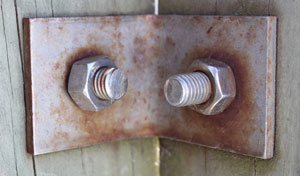
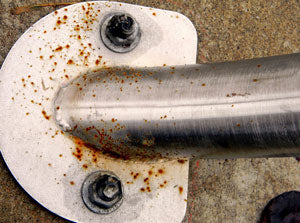
Although stainless steel is much more resistant to corrosion than ordinary carbon or alloy steels, in some circumstances it can corrode. It is "stainless" not "stain-impossible."
Type 304ss is more susceptible to forming rust than Type 316ss. This is due to the presence of higher levels of both nickel and molybdenum. Stamping, forming and welding can disrupt the surface microstructure of stainless steel and this is more so the case for Type 304ss.
Salt water, salt in the air and chemicals can attack Type 304ss causing pitting to occur. The additional nickel and molybdenum in Type 316ss make it less likely for corrosion to occur when exposed to these same elements.
Galvanic corrosion can occur when stainless comes into contact with dissimilar metals when an electrolyte, water or other solution is present.
Passivation of Stainless Steel
Stainless steel is not resistant to chemical or physical attack. The corrosion resistance depends on the formation of a passive surface. Stainless steel is only “stainless” when the surface oxidizes with chromium and other elements to develop a protective film that resists further oxidation. This protected oxide film is considered a passive surface. Slowly and naturally, the passive layer develops on the surface as the chromium reacts with oxygen in the air. This layer is invisible and only a few molecules thick, but it provides a barrier to prevent oxygen and moisture from reaching the iron underneath.
After stainless steel equipment or hardware has been installed, the existing passive layer can be damaged or removed by physical abrasion (brushing, grinding, scraping) or by chemical reactions. If this damage happens faster than the passive layer can heal itself naturally, rusting will result.
Chemical passivation is a two-step process. The first step is to remove any free iron or iron compound that is on the surface, otherwise this iron will create a localized site where corrosion can continue. Acid is used to dissolve away the iron and its compounds. The surface itself is not affected by this process. The second step is to use an oxidizer to force the conversion of chromium metal on the surface to the oxide form. This will create the uniform chromium oxide protective layer.
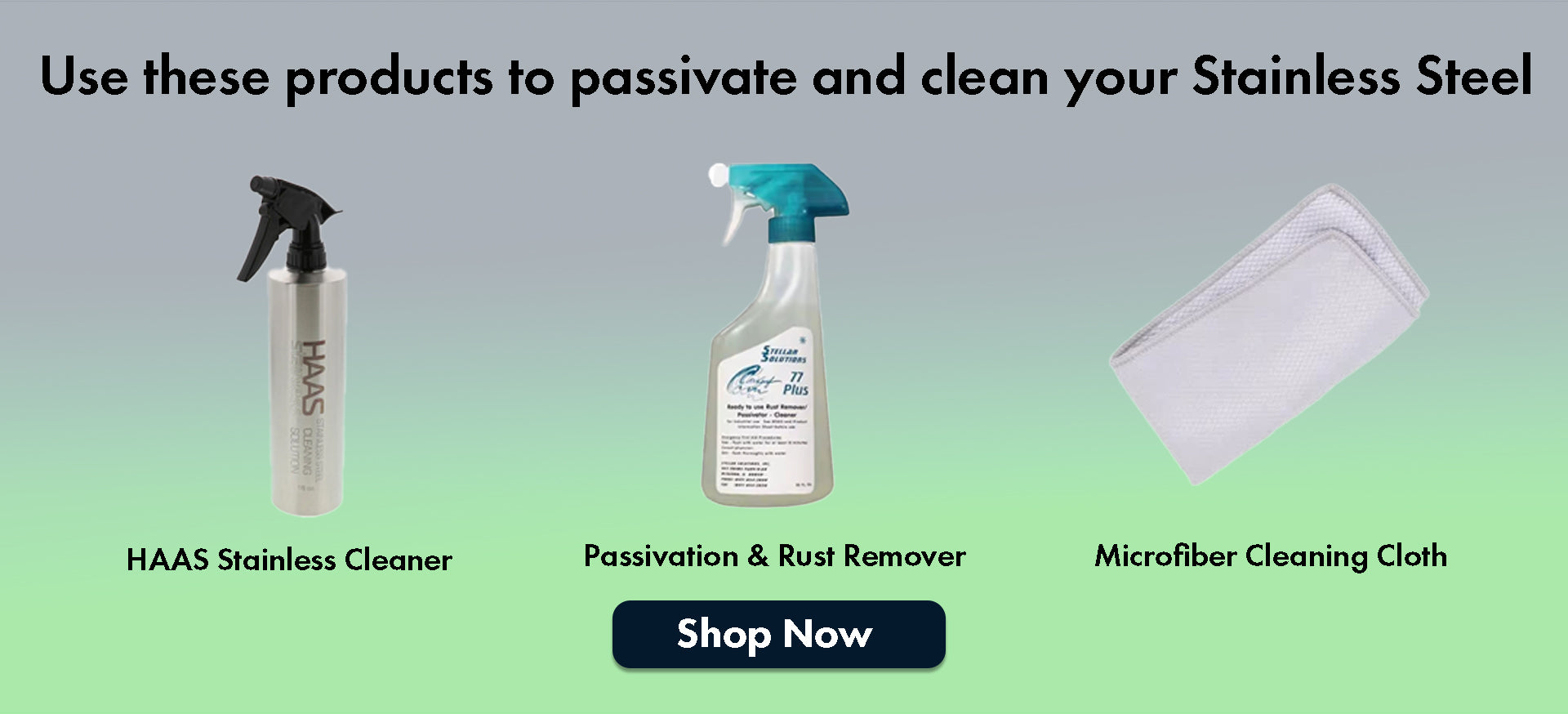
Cable Railing Instructional Videos
Marine Rigging Fittings Instructional Videos
Recently viewed
Free Shipping over $299!
Ground shipping is FREE on orders over $299 USD for customers within the 48 contiguous US.
Satisfied or refunded
Simply fill out an RMA (Returned Merchandise Authorization) Form and send it to us for Returns.
Top-notch support
Schedule a FREE 30 minute telephone appointment with our cable railing product specialists.
Technical Resources
We are here to help. We offer technical resources and how-to's on a wide range of products with product videos.
- Opens in a new window.
